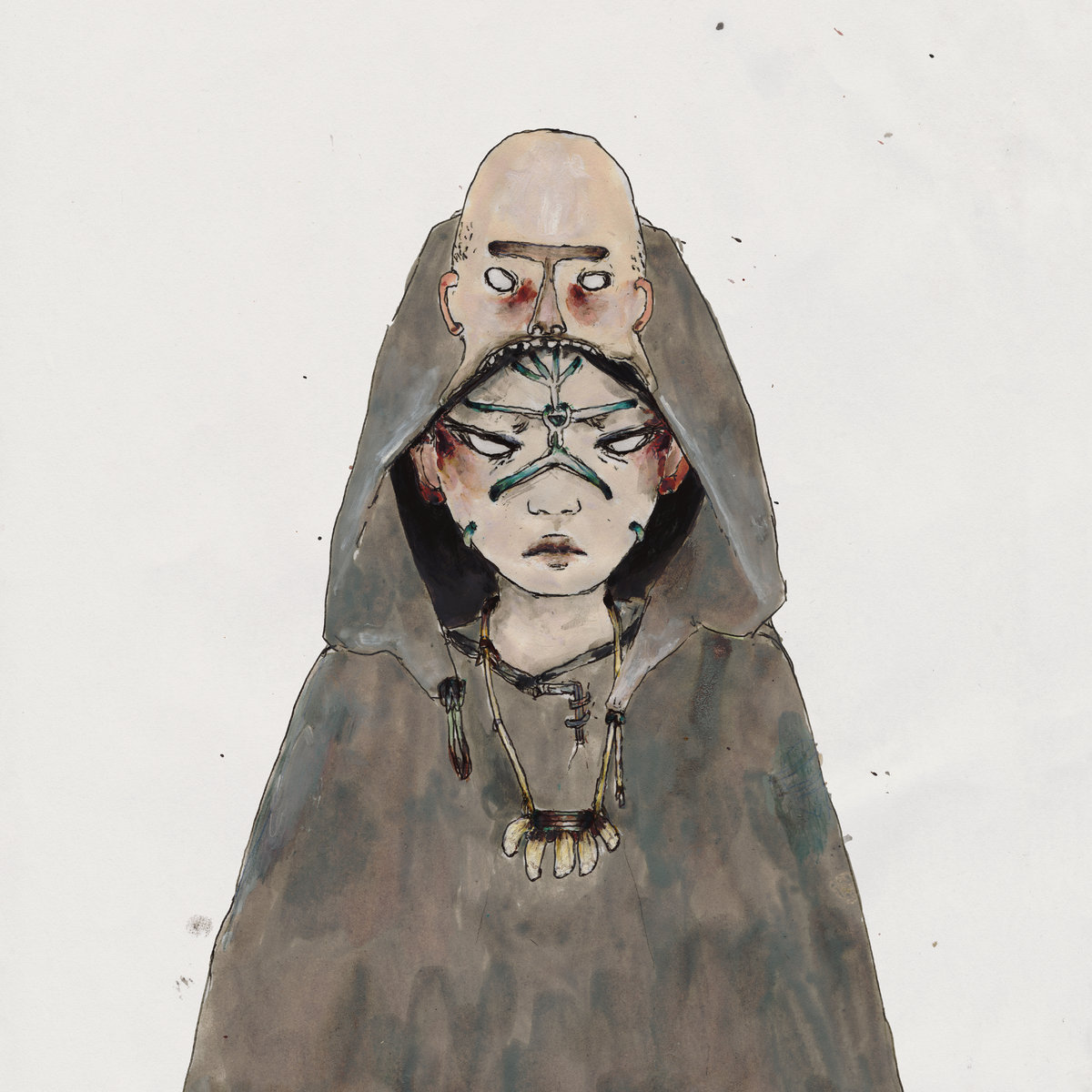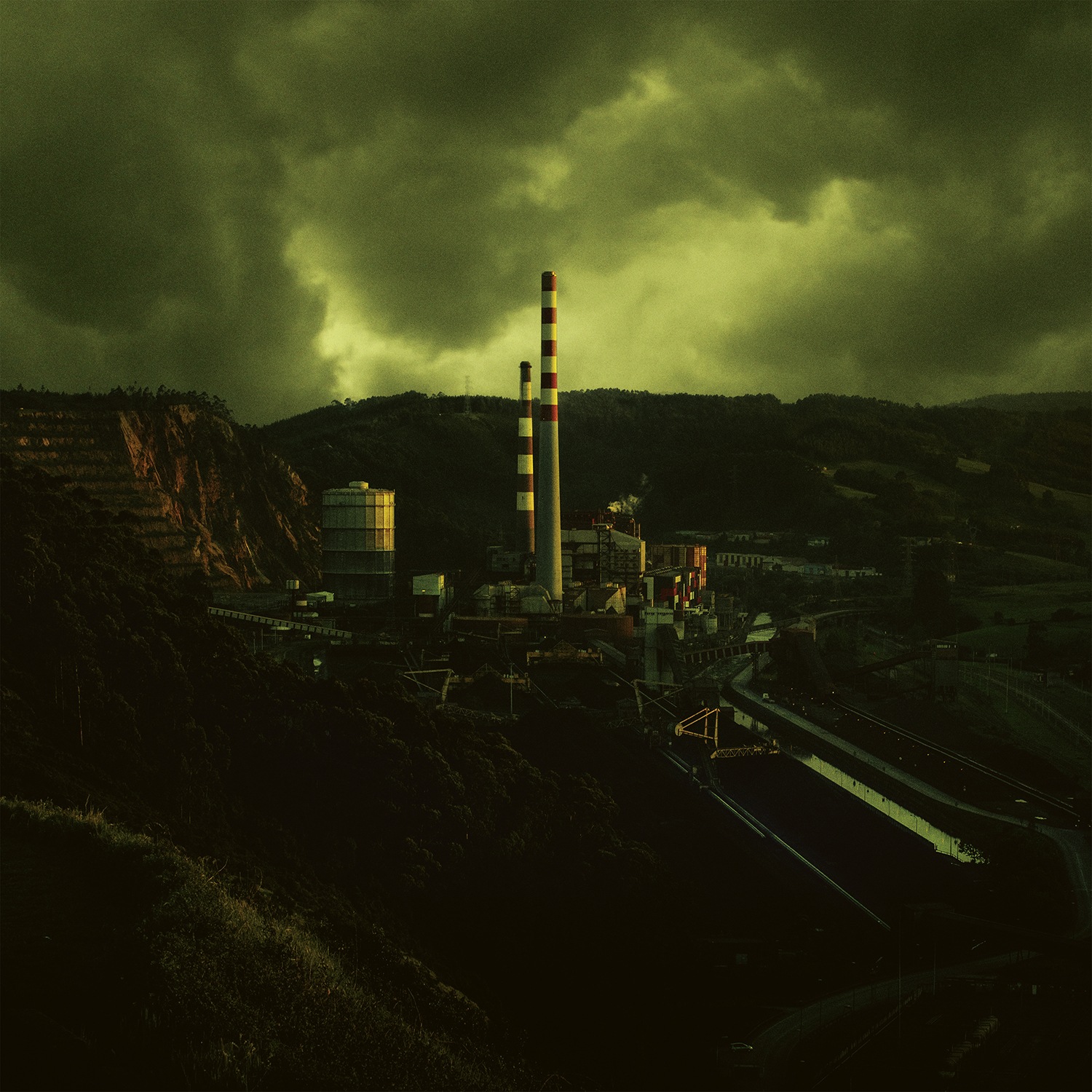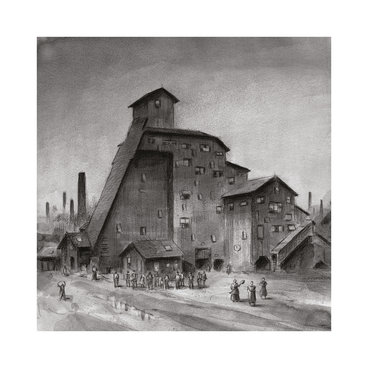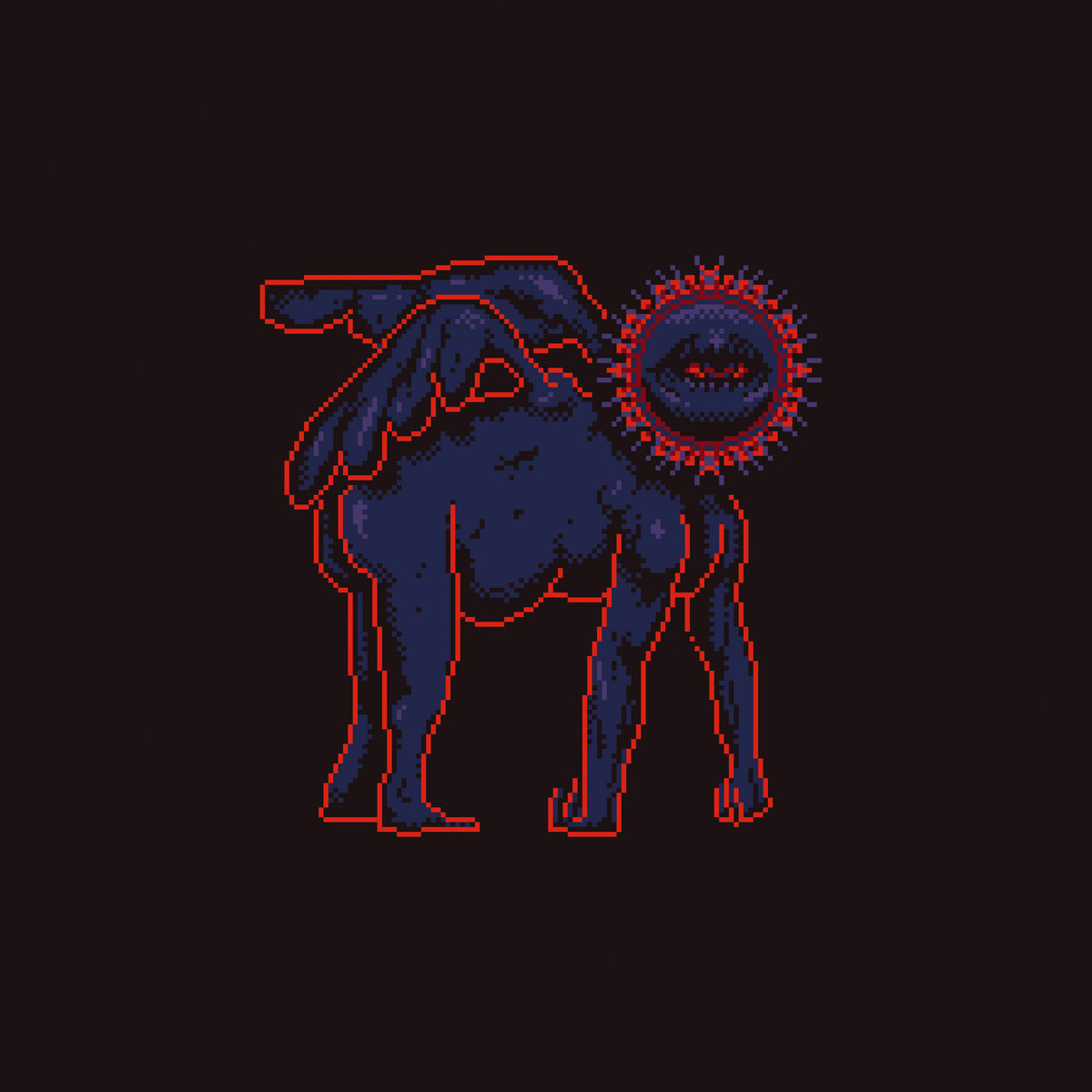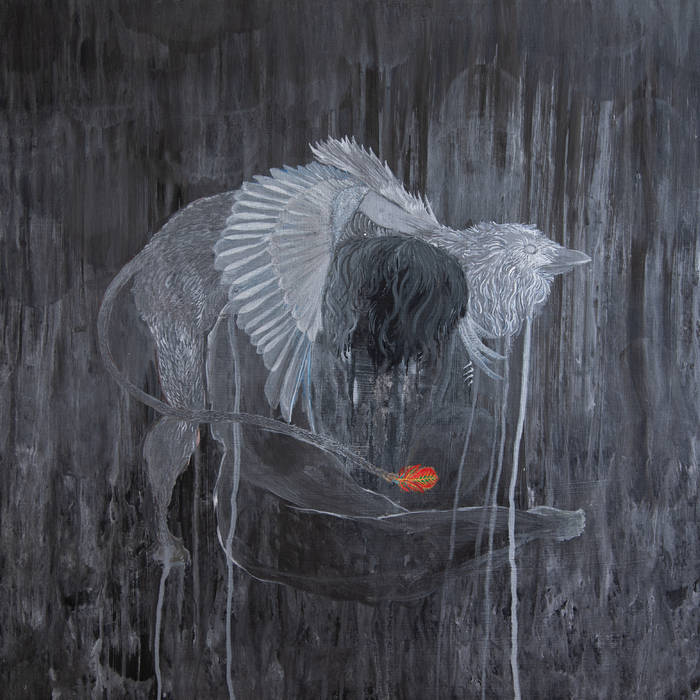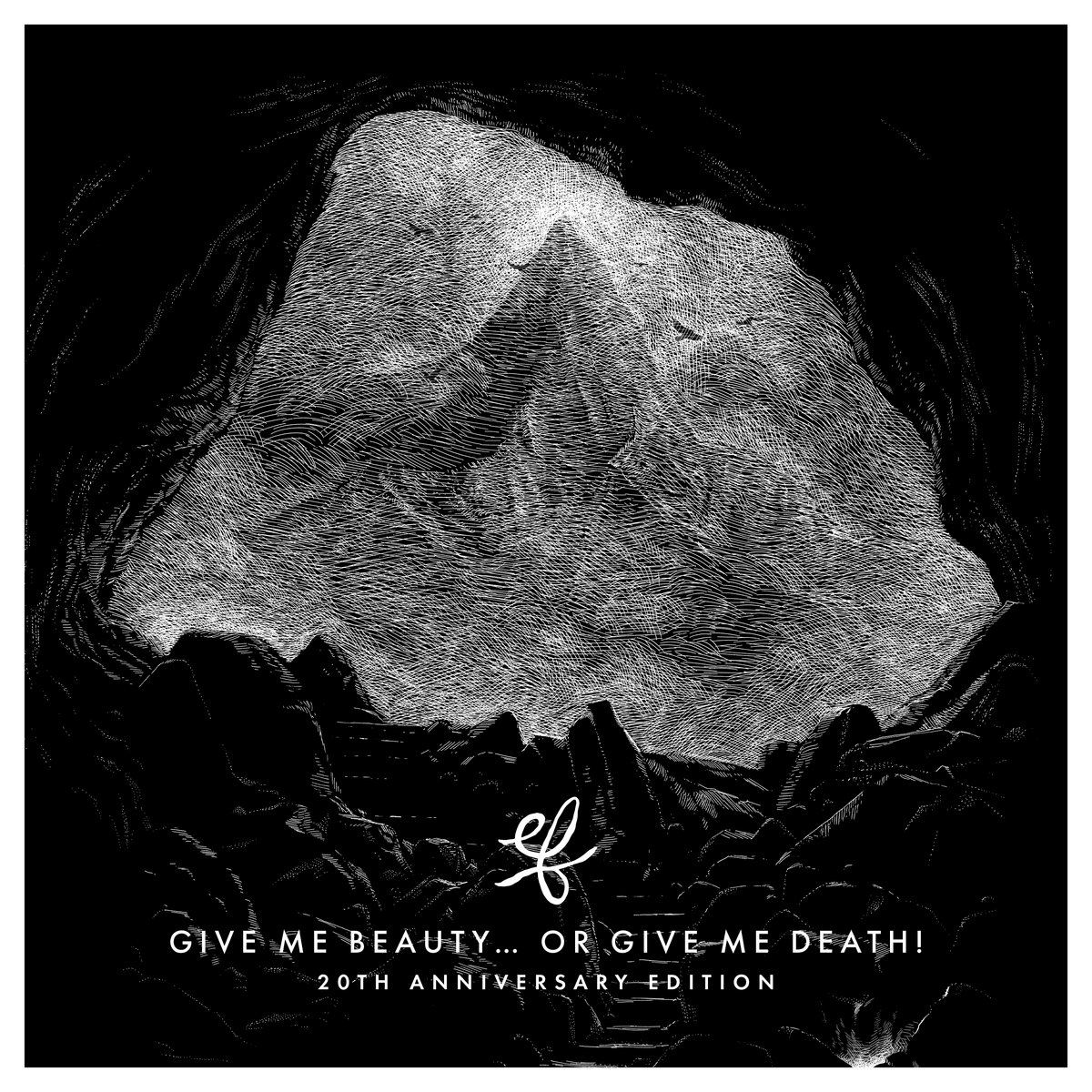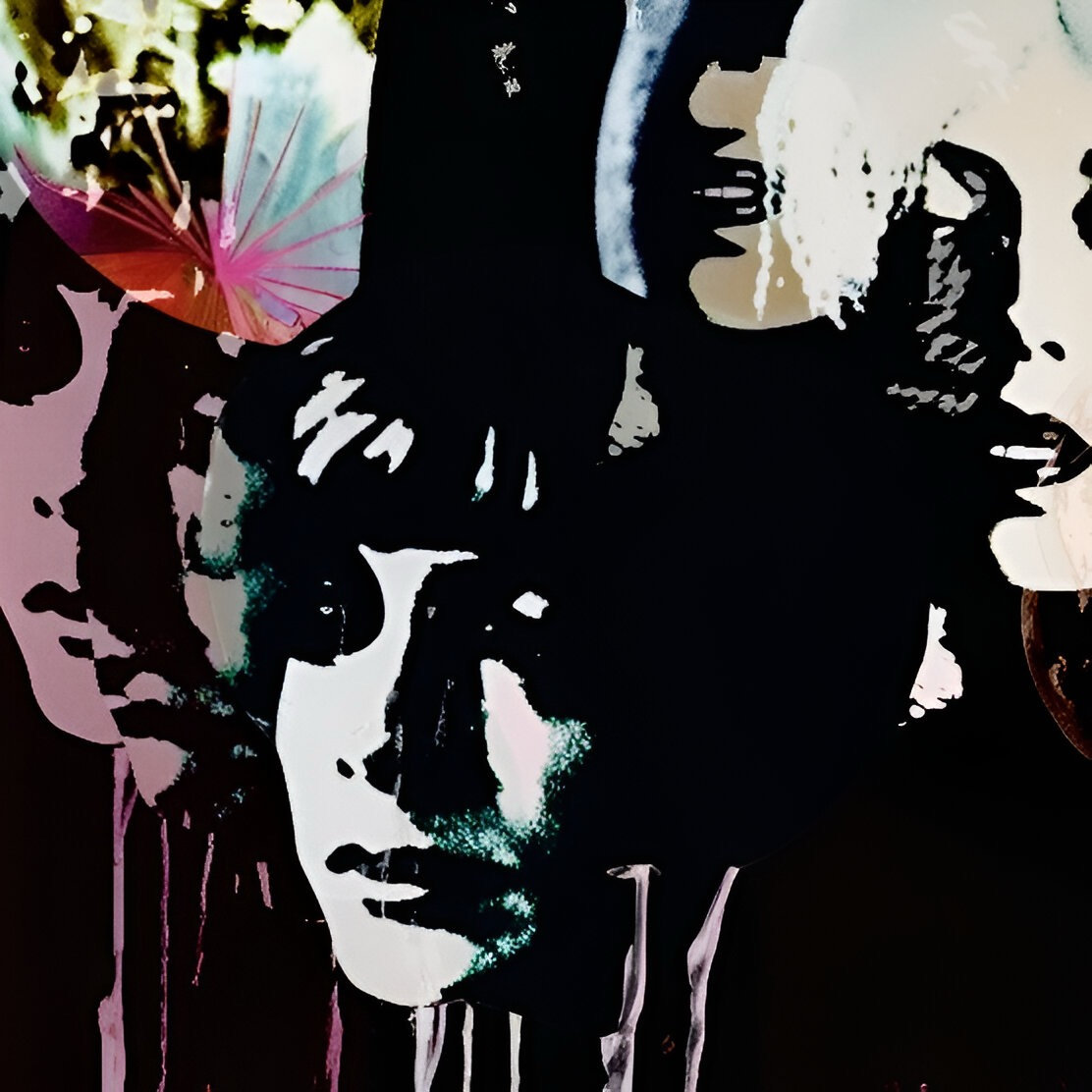Burial’s long been considered one of the most enigmatic figures of the UK dubstep scene, and while it’s been 15 years since he released his latest album, Untrue, to critical acclaim, there’s been a steady trickle of singles, splits and EPs since then. Six days into the new year, Burial’s back with yet another EP, called “ANTIDAWN”, but it’s different.. Very different.
For a couple of years in the late ’00s–early ’10s, dubstep as a genre got some traction outside of its native UK with a subset of it, later coined “brostep” that, among other things, featured climactic, heavy, and rapidly wobbling bass drops, accompanied by something that resembled house music and EDM more than anything else, in stark contrast to its more atmospheric and introspective beginnings. In short, it was music meant for clubs and dancing. This all happened much to the chagrin of the UK producers who laid the foundations for dubstep.
We have since then seen the genre rise and ultimately fall, much like the legend of Icarus who flew too close to the sun, melted his wings made of wax, and plunged into the Aegean Sea, drowning. Many of the producers of true dubstep and brostep moved on to other genres, like UK Bass, house, and techno. Burial, on the other hand, always stayed true to his well-developed flavour of the genre, with emphasis on dark atmospherics, like being alone in a wet and cold derelict warehouse late at night, to go along with the chopped up vocal samples and a pulse that keeps driving it forward.
With ANTIDAWN, however, the experience is very different. All the constituent parts are still there, save for the pulse, the very heartbeat of his music, the life essence, if you will. We’ve seen glimpses of this before, but never to this extent. In this scenario, the dark, wet, and cold derelict warehouse is your mind, where you’ve been left alone to ruminate. The dread is nigh palpable, and the only respite you’re blessed with is when you, in the corner of your eye, catch a glimpse of a memory in one of the adjacent rooms, and you’re filled with a sense of bliss and warmth. You rush towards it, but as soon as you have it within your grasp, it fades away and you’re, again, all alone, in the dark.
It reminds me of the time I decided to go on a journey through the highly experimental musical project called Everywhere at the End of Time, by The Caretaker, which chronicles the debut of dementia, its progress, and inevitable death of the supposed ‘caretaker’, which takes place throughout six and a half hours. In it, we’re faced with reverberating recordings of 1920s ballroom music that gets progressively more warped and twisted as time goes on to the point where it’s barely listenable towards the end, but now and then we’re hit with highly emotional fleeting moments of clarity, where everything starts making sense again.
In the light of this context, I feel like ANTIDAWN is an equivalent, of sorts, of what happens when a young person suffers from dementia. Listening to it is a harrowing experience, from beginning to end, but at the same time, there are these ephemeral moments of scattered warm light in the darkness, a sort of terminal lucidity filled with bliss in an otherwise dark, cold, and forsaken mental construct. It’s an experience that goes beyond the music itself if you’re willing to let your mind go and allow the existential dread to set in.

